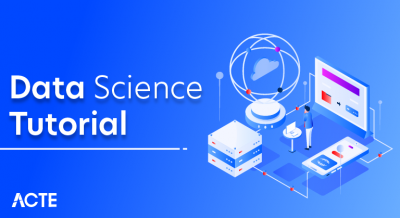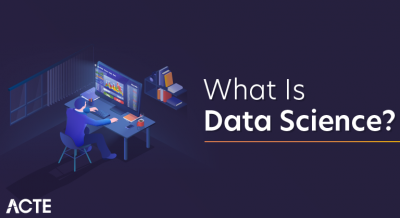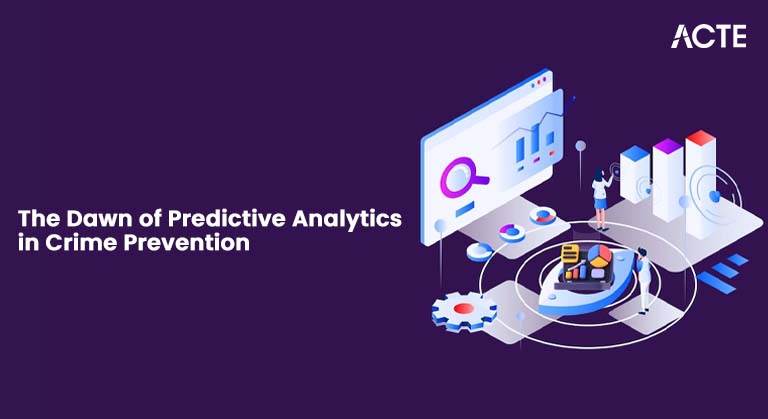
- What is Predictive Policing
- Role of Predictive Analytics
- Technologies Used
- Crime Mapping Techniques
- Real-World Case Studies
- Data Collection and Analysis
- Legal and Ethical Issues
- Accuracy and Bias Concerns
What is Predictive Policing
Predictive policing is a data-driven approach used by law enforcement agencies to anticipate and prevent potential criminal activity before it happens. By analyzing historical crime data, including time, location, and type of crimes, predictive policing tools identify patterns and trends, allowing police to allocate resources more effectively. These algorithms generate predictions on where and when crimes are likely to occur, helping officers to patrol specific areas or intervene in situations that may escalate.While predictive policing, a method often developed through Data Science training aims to reduce crime rates and enhance public safety, it has raised ethical concerns. Critics argue that it may reinforce biases, as historical data can reflect systemic inequalities, leading to over-policing of certain communities, particularly marginalized groups. Additionally, there is concern about the transparency and accountability of the algorithms used, with some questioning whether these systems truly improve public safety or merely perpetuate existing disparities. Despite these challenges, predictive policing remains a tool in modern law enforcement, with proponents emphasizing its potential to make policing more proactive rather than reactive. It highlights the intersection of technology and law enforcement, raising important discussions about data privacy, fairness, and the responsible use of algorithms in policing.
Would You Like to Know More About Data Science? Sign Up For Our Data Science Course Training Now!
Role of Predictive Analytics
- Enhancing Decision-Making: Predictive analytics helps organizations make informed decisions by forecasting potential outcomes and trends, allowing them to act ahead of time rather than reacting to problems after they arise a capability often better understood when exploring the Differences Between Data Scientist vs Data Analyst roles.
- Improving Efficiency: By identifying patterns and trends from historical data, predictive analytics enables businesses to streamline processes, allocate resources efficiently, and reduce waste or unnecessary costs.
- Risk Management: It helps in identifying potential risks or failures, allowing businesses to take preventive actions. For example, in healthcare, it can predict patients at risk of developing certain conditions, enabling timely interventions.
Predictive analytics plays a pivotal role in transforming various industries by using data, statistical algorithms, and machine learning techniques to predict future trends and outcomes. In sectors like law enforcement, healthcare, marketing, and finance, predictive analytics enables businesses and organizations to make data-driven decisions, improve efficiency, and address challenges proactively. Here are some key roles that predictive analytics plays:
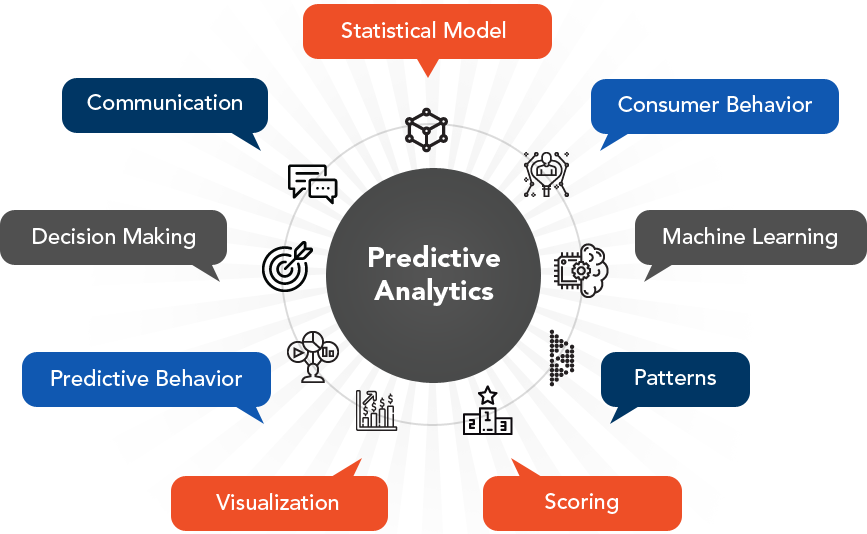
- Optimizing Marketing Strategies: Marketers use predictive analytics to forecast consumer behavior, segment audiences, and personalize campaigns, which leads to higher engagement and conversion rates.
- Fraud Detection: In the financial sector, predictive analytics can spot unusual patterns in transactions, helping to detect and prevent fraud before it occurs.
- Predictive Maintenance: In industries like manufacturing, predictive analytics is used to anticipate equipment failures and schedule maintenance, reducing downtime and extending the lifespan of assets.
Technologies Used in Predictive Analytics
Predictive analytics relies on a variety of advanced technologies to analyze data and generate accurate forecasts.At its core, machine learning (ML) algorithms are key to predictive analytics, as they enable systems to learn from historical data and identify patterns without explicit programming an approach also explored in tools like SAS, often discussed under explore What Is SAS Analytics explained. These algorithms include decision trees, neural networks, and support vector machines, which are used to model complex relationships in large datasets. Additionally, big data technologies play a critical role, allowing predictive models to process vast amounts of data from diverse sources. Tools like Hadoop and Spark enable efficient data storage, processing, and analysis. Statistical techniques such as regression analysis and time-series forecasting are also commonly employed to make predictions based on historical trends. Artificial intelligence (AI) further enhances predictive analytics by enabling systems to simulate human cognitive functions, such as pattern recognition and decision-making, improving prediction accuracy. Cloud computing provides the infrastructure needed to store and process massive datasets remotely, making predictive analytics accessible and scalable. Data visualization tools are also crucial, helping decision-makers interpret complex predictions through intuitive dashboards and charts. Together, these technologies empower predictive analytics to deliver insights that drive informed decisions, optimize operations, and mitigate risks across various industries.
Want to Pursue a Data Science Master’s Degree? Enroll For Data Science Masters Course Today!
Crime Mapping Techniques
- Hot Spot Analysis: This technique identifies areas where crimes are most likely to occur based on historical crime data. By mapping these “hot spots,” law enforcement can focus patrols and resources on high-crime areas.
- Buffer Analysis: Buffer zones are created around specific locations, such as schools or businesses, to assess crime patterns with these locations. This helps to identify areas that may require increased attention or intervention.
- Kernel Density Estimation (KDE): KDE is a statistical technique used to create a smooth surface that highlights the density of crimes within a specific area. It visually shows crime concentration, making it easier to identify clusters of criminal activity a concept that aligns with What is SAS Analytics Exploring Its Role in analyzing spatial and crime data.
- Trend Analysis: This technique tracks crime patterns over time to identify whether certain types of crime are increasing or decreasing. It helps law enforcement anticipate future crime trends and take preventive actions.
- Space-Time Analysis: Combining both spatial and temporal data, this technique maps the relationship between crime locations and the time they occur, allowing agencies to understand patterns in both space and time.
- Geospatial Profiling: Used to link crime locations with potential suspects, this technique helps create profiles based on crime patterns and geographic locations, aiding in the identification of likely offenders or crime series.
- Crime Reporting Systems: Law enforcement agencies collect data through various crime reporting systems, including online platforms, 911 calls, and direct reports from citizens. This data serves as the primary source of crime statistics.
- Geospatial Data: Geographic Information Systems (GIS) are used to collect and map crime incidents based on location. Geospatial data helps pinpoint crime hotspots and understand spatial patterns, allowing for better resource deployment.
- Historical Crime Data: Historical data, including past crime reports and trends, is analyzed to identify recurring patterns. This data provides the baseline for predictive modeling and trend analysis key processes that highlight the Difference Between Data Science vs Data Analytics vs Big Data in practical applications.
- Surveillance and Sensors: Advanced technologies like CCTV cameras, facial recognition, and sensors in public spaces collect real-time data that can be used to monitor criminal activity and track suspects.
- Social Media and Open-Source Data: Data from social media platforms, public records, and other open sources are increasingly used to track criminal behavior, monitor gang activity, and predict possible threats.
- Data Cleaning and Quality Control: Ensuring the accuracy and integrity of collected data is crucial. Data cleaning involves removing errors, inconsistencies, and irrelevant information to create reliable datasets that can be analyzed for meaningful insights.
Crime mapping is the process of using geographical information systems (GIS) and various analytical techniques to visually represent and analyze crime data. These techniques help law enforcement agencies identify patterns, trends, and hotspots of criminal activity, enabling them to allocate resources more effectively and develop strategies for crime prevention. Below are some of the key crime mapping techniques used by police and researchers:
Real-World Case Studies
Real-world case studies of crime mapping and predictive policing showcase how these techniques can effectively reduce crime and enhance law enforcement strategies. One notable example is the Los Angeles Police Department (LAPD), which adopted predictive policing tools like PredPol to forecast areas where crimes were likely to occur. In a pilot program, the LAPD used these predictions to deploy officers to high-risk locations, resulting in a noticeable reduction in property crimes. Another example is Chicago’s Strategic Subject List (SSL), which uses predictive analytics often developed through Enroll in our Data Science training to identify individuals who may be involved in future violence. By analyzing factors such as prior offenses, social networks, and gang affiliations, the system has helped law enforcement target interventions and community programs to reduce violent crime. In the United Kingdom, the National Crime Agency has employed crime mapping techniques to combat organized crime, using geospatial profiling to identify criminal networks and dismantle illicit operations. Furthermore, in New York City, crime mapping has been instrumental in the development of CompStat, a performance management system that uses real-time data to track crime and police responses, helping allocate resources more efficiently. These case studies highlight the successful application of predictive technologies in crime prevention, though they also raise important conversations about ethical considerations and data privacy.
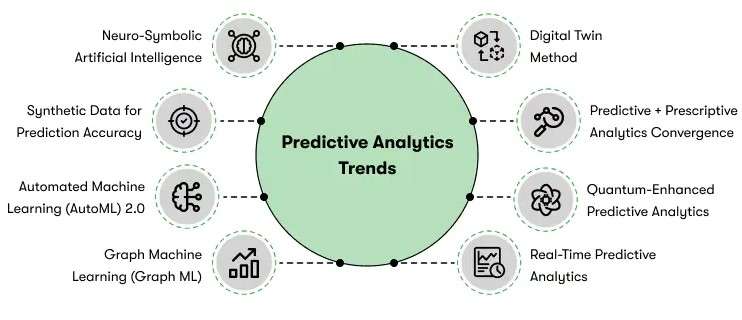
Data Collection and Analysis
Data collection and analysis are essential components of predictive policing and crime mapping, as they form the foundation for making informed decisions and predictions. Accurate and comprehensive data allow law enforcement to identify trends, allocate resources efficiently, and develop targeted interventions. Below are key points about how data is collected and analyzed in crime prevention:
Legal and Ethical Issues
The use of predictive policing and crime mapping raises significant legal and ethical concerns that must be carefully considered. One of the primary issues is data privacy, as predictive tools rely on vast amounts of personal data, including individuals’ locations, criminal histories, and social networks. The collection and analysis of this data can lead to privacy violations if not properly regulated a concern that professionals must understand thoroughly as they Get Prepared for CCP Data Scientist Exams. Additionally, bias and discrimination are significant concerns, as historical crime data may reflect existing societal inequalities. Predictive policing systems can unintentionally perpetuate racial or socioeconomic biases, disproportionately targeting minority communities and leading to unfair policing practices. Accountability is another challenge, as the algorithms used in predictive analytics are often complex and lack transparency. It can be difficult to understand how decisions are made, and this lack of transparency may undermine public trust in law enforcement. Moreover, there are concerns about the over-policing of certain areas based on predictive models, which may lead to resource misallocation or unnecessary scrutiny of certain communities. Finally, legal frameworks are often not updated to address the use of predictive technologies, leading to potential violations of constitutional rights, such as the right to equal protection under the law. These ethical and legal dilemmas highlight the need for oversight, transparency, and careful regulation in the implementation of predictive policing technologies.
Go Through These Data Science Interview Questions & Answer to Excel in Your Upcoming Interview.
Accuracy and Bias Concerns
Accuracy and bias concerns are central issues in the implementation of predictive policing and crime mapping technologies. While predictive tools aim to enhance the efficiency of law enforcement, their accuracy heavily depends on the quality of the data used. If the data collected is incomplete, outdated, or inaccurate, predictions can be unreliable, leading to incorrect deployments of resources or misguided policing strategies. Moreover, these technologies often rely on historical crime data, which can reflect existing biases in the criminal justice system. As a result, predictive models may inadvertently reinforce these biases, disproportionately targeting certain communities, particularly racial and ethnic minorities. For instance, if a region has a history of over policing in a particular neighborhood, an algorithm often developed through Data Science training may predict higher crime rates in that area, further intensifying police presence and potentially worsening community relations. The lack of transparency in the algorithms used also raises concerns, as it becomes difficult to understand how decisions are made or which factors influence predictions. This lack of accountability can lead to unintended consequences, such as the over-policing of marginalized groups. Addressing these concerns requires continuous oversight, refinement of the algorithms to eliminate biases, and the inclusion of diverse data sets to ensure fairness and accuracy in predictive policing.


